Conflict of Heroes Storms of Steel: Kursk 1943 (Third Edition)
by
Academy Games

Kursk was one of the biggest battles in World War II, although it was not the largest tank battle. That distinction we now know goes to Dubno in 1941. Still, it was a massive clash between the Russian and German armies. Guderian had worked tirelessly to rebuild the Panzer force in the early months of 1943. He was able to build a large hard hitting force by the Summer. Kursk was an on again off again operation that kept being postponed from April until it finally occurred in July. Hitler was staking all on his new pet cats, the Tiger and Panther, and the massive Ferdinand, although the Germans took an incredible toll of the Russian forces. They also were damaged, but they just couldn't break through to Kursk. Then the other Allied Nations invaded Sicily, so the offensive was called off. Manstein had wanted it to continue to bleed dry the Russian reserves. The Germans lost a good number of tanks and men at Kursk, but they were really bled dry by the defensive battles they had to fight in the Autumn of 1943. So, this is the backdrop to the game; let us see what comes with it:
4 Folding Mounted maps (19.5" x 14.75")
1 Mounted Board That Comes With 6 Various Shaped Pop-out Geomorphic Pieces
4 d6 Battle Dice
2 Custom d10 Spent Dice
4 Counter Sheets
1 with 70 German Units
1 with 70 Soviet Units
1 with 15 German Units, 15 Soviet Units, and Hit Markers
1 with Miscellaneous counters
1 Round and Victory Track
4 Command Action Point Tracks
48 Battle Cards
7 Weapon Cards
10 Veteran Cards
1 Rulebook 40 Pages long
1 Mission Book 36 Pages - With 14 Missions
2 Rules Summary Sheets
This is the Third Edition of the game. Here is a rundown of what is new:
Featuring the latest 3rd Edition Conflict of Heroes Rules!
We have updated the maps and overlay artwork to be highly detailed and more beautiful than the original!
Storms of Steel 3rd Edition will feature a number of new firefights in addition to classics from the original!
All new counters in addition to new versions of the previous counters!
New box format, with updated tray inserts designed by Game Trayz!

The maps are very well done, and the hexes are huge at 1 1/4". They represent a lot of the same terrain, so there is not that much difference in color from map to map. However, they work extremely well and the size of the hexes makes it very easy to determine the terrain. Each hex has a dot in the middle of it. Whatever terrain that dot is in represents the terrain for the entire hex. The map hexes represent 50 meters of real terrain. Now we get to the really good stuff. The counters are fantastic and are a full inch in size. This means we can not only read them without glasses, but they are also easily handled by less nimble fingers. The unit and armor pictures on the counters are very well done. It is also very easy to see what each counter represents. The Rulebook is in full color and fits in with the rest of the components, meaning that it is very colorful and wonderfully put together. The way the Rulebook is setup up is this: You read x amount of pages and then play the suggested scenarios. After playing those you read a few more pages and then you are ready to play the next few scenarios. So each scenario has a level of the rules involved in playing it. So, by the end of the Rulebook you are thoroughly prepared to play any scenario that comes with the game. Everything about the components is meant to thrill a wargamer. Even the trays for the counters are done differently than normal. Instead of just laying in a heap, they are laid out for the player like a flattened out rolodex. The two Rule Summary Sheets are the only pieces where the writing is a bit small.

The game is played in 'Rounds' with players taking alternate Turns. Here is a description:
"The Player who has the Initiative takes the first Turn.
On your Turn, take a Single Action or Pass.
The Rounds ends when both players Pass consecutively."
"To take an Action follow these steps in order:
1.Select a Unit.
2. Perform an Action.
3. Determine the Action Cost.
4. Make a d10 Spent Check."
These are Common Actions a Player can take:
"Move to an adjacent hex / pivot.
1. Attack a Target hex.
2. Rally to remove a Hit Marker.
3. Stall.
4. Play Action Card."
As you can see the game uses many elements that we wargamers are used to. The game works with Command Action Points as its main mechanic. This way of giving each side a certain amount of points to use each turn for actions is also a well known feature of wargames. In Storms of Steel, it is the interconnected usage of these mechanics that makes this such a great game.
Storms of Steel won a ton of awards when it was first released, and it only keeps getting better. The greatest praise that you see for the game is that people believe it is one of the best games for teaching a new player its rules. The Rulebook states that you will be up and playing in five minutes, even if you know nothing about the system at all. I would believe that amount of time is right on the money. However, that does not mean that this game is a beer & pretzel one. Each player has to keep thinking, and thinking quickly, because the rules make it so that everything can change in a heart beat. All of your well laid plans can go up in smoke in an instant. The play is not only very fun, but very deep. The Third Edition has been worked on for a few years, and it includes many suggestions from players. The designer team of Uwe and Gunter Eickert originally released a winner and each edition just keeps getting better.

I was first introduced to the Conflict of Heroes series when Matrix/Slitherine were developing the PC versions years ago. I liked the games and played them a lot. One of the things I remember about them was that the designers were trying to make them as close to the boardgames as possible. A lot of the players of both were surprised how much they got right in the PC games. Now that I have had a chance to play a boardgame version of COH Storms of Steel I am completely blown away. Everything about the game feels and looks so well done. I do not think I could ever go back to the PC version. This boardgame is that good. This is pretty astounding when you add in the fact that it was meant, and succeeds, to be a players game, and not a rule heavy monster.

Than you so very much Academy Games for letting me review this excellent edition of an already great wargame. For anyone who is looking for a game that you can quickly learn, here it is. People looking for a historical portrayal of the Kursk battle look no further. Those two sentences are rarely seen together in a review about a wargame. When they do coincide you know that you have a real winner.
I changed the size of the boards to represent their actual size. I forgot to times by 2. I am still not used to this getting old stuff.
This is a blurb that one of the designers sent me that explains the difference in the Third Edition, better than I could.
"The biggest change in the 3rd ed is that a player takes an action with ANY of their fresh units. No more tracking APs. After the action, you test to see if the unit becomes spent by taking a stress test. That's it. Quick and simple
The stress test checks that Unit's cognitive suppression probability (its natural tendency not to move towards or interact in fire interchange. Units will often 'stop to assess the situation' before continuing on.
And this is what makes the 3rd ed so much different from the previous editions"
This is the Academy Games site:
This is the Storms of Steel site:
This is a review I did earlier on Academy Games 1754:
Robert


























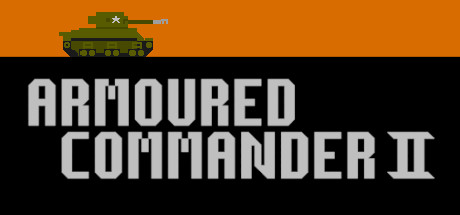
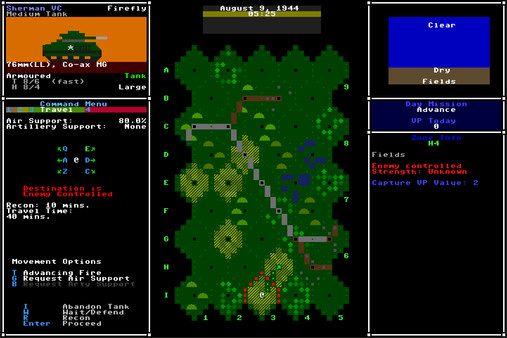
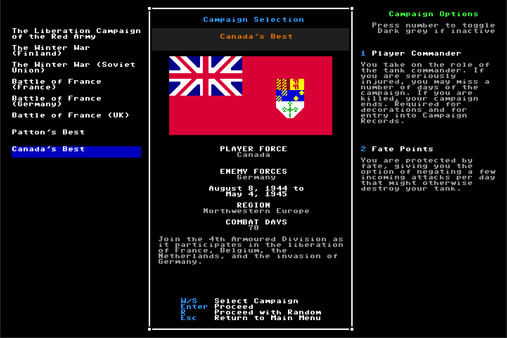
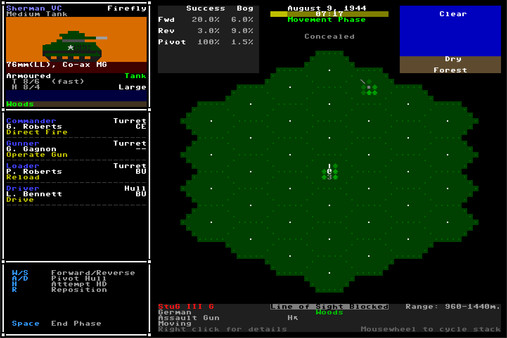
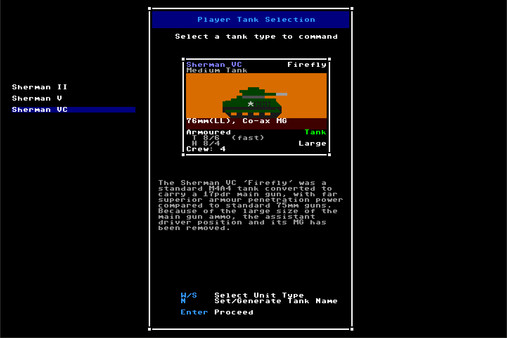
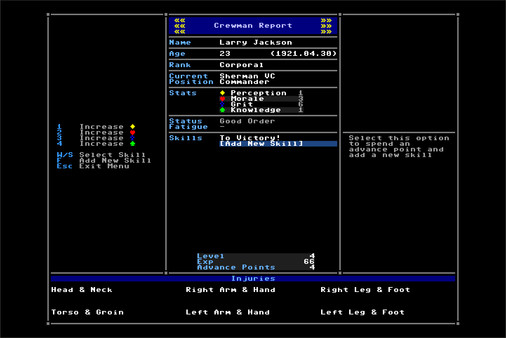
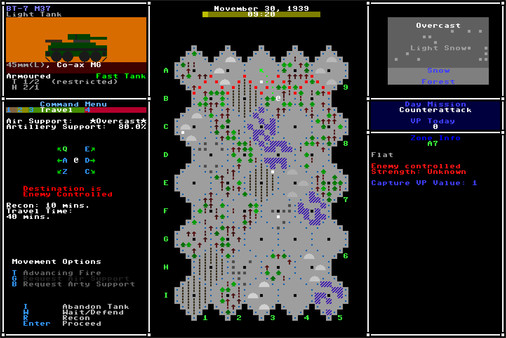





















0 comments :